
The secret to eating well all week is taking time to plan your meals and do some simple preparation that will make putting a healthy meal on the table a breeze. If you’re like so many others, your weeks are busy. You get home from work and have mere minutes until you have to take the kids to their evening activity or you are exhausted from a busy day and don’t have the energy to cook a meal. With hectic schedules, the drive-thru or door dash seems ever so appealing. Yet you know that eating fast food every night or ordering take out doesn’t align with the healthy goals you have for yourself.
You don’t need more willpower during the week, you need to hone in on simple meal prepping skills so that you can stay on track with your nutrition goals. Here’s how to dive into meal prep and make it work for you.
Why Meal Prep?
Meal prepping isn’t just a trendy buzzword; it’s a practical solution for busy individuals. Here are a few compelling reasons to embrace it:
- Time-Saver: By dedicating a couple of hours on the weekend, you can have meals ready (or at least partly ready) for the entire week.
- Cost-Effective: Meal prepping reduces the temptation to eat out, ultimately saving you money.
- Healthier Choices: Prepping meals in advance means you’re less likely to reach for unhealthy options when hunger strikes and you need something fast.
- Self-care: Meal prepping is a form of self-care. Yes, eating healthy foods counts as self-care! Meal prepping greatly increases the odds that you will follow through with your healthy nutrition goals. Reframing “I’m meal prepping” to “I’m investing in self-care” can really help overcome mental blocks that might be preventing you from putting time into meal prep.
Getting Started: The Essentials
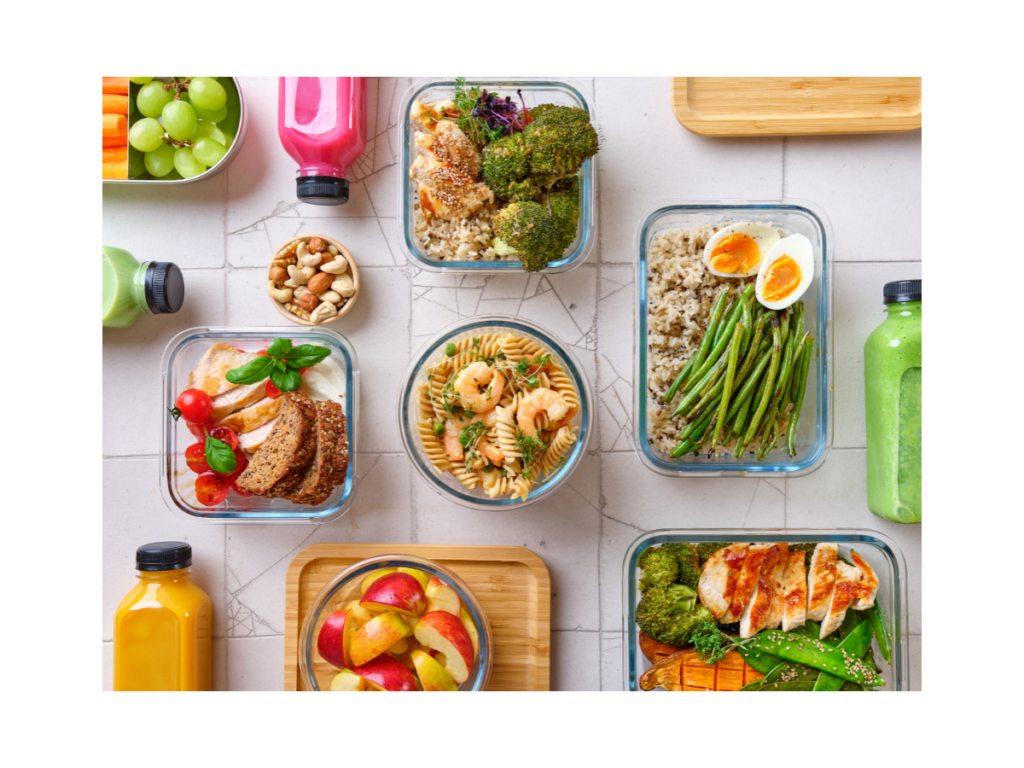
1. Gather Your Supplies You don’t need anything fancy. You probably already have everything you need for meal prep, and you can always upgrade your meal prepping equipment over time.
- Containers: Invest in a variety of airtight containers. Glass containers are a great choice as they’re microwave and freezer-safe and durable. If you have plastic containers, that works too. Start with what you have and invest in glass containers when you can.
- Cutting Tools: A good knife and a large cutting board will make your prep much easier. Sharp kitchen shears help as well.
- Pots and Pans: A large skillet and good pot will do the trick.
- Slow Cooker: While this isn’t essential, a trusty slow cooker simplifies meal prep because you can cook large quantities with minimal active cooking. It’s especially helpful if you’re exhausted in the evening and want to come home to a meal that’s ready to eat.

2. Plan Your Meals You can’t prep effectively without knowing what you plan on eating, so take time to develop a well-thought out meal plan. See this post for tips on how to turn into a meal planning ninja.
Start by selecting recipes for the week. Focus on balanced meals that include lean proteins, fiber-rich starches, healthy fats, and plenty of vegetables.
3. Shop For Your Groceries
Plan to grocery shop a day or two before you do most of your meal prep. Instead of cramming everything into one long day, break up your meal prepping by grocery shopping one day and doing the bulk of your prep another day. This helps to prevent the feeling that meal prep is too time-consuming.
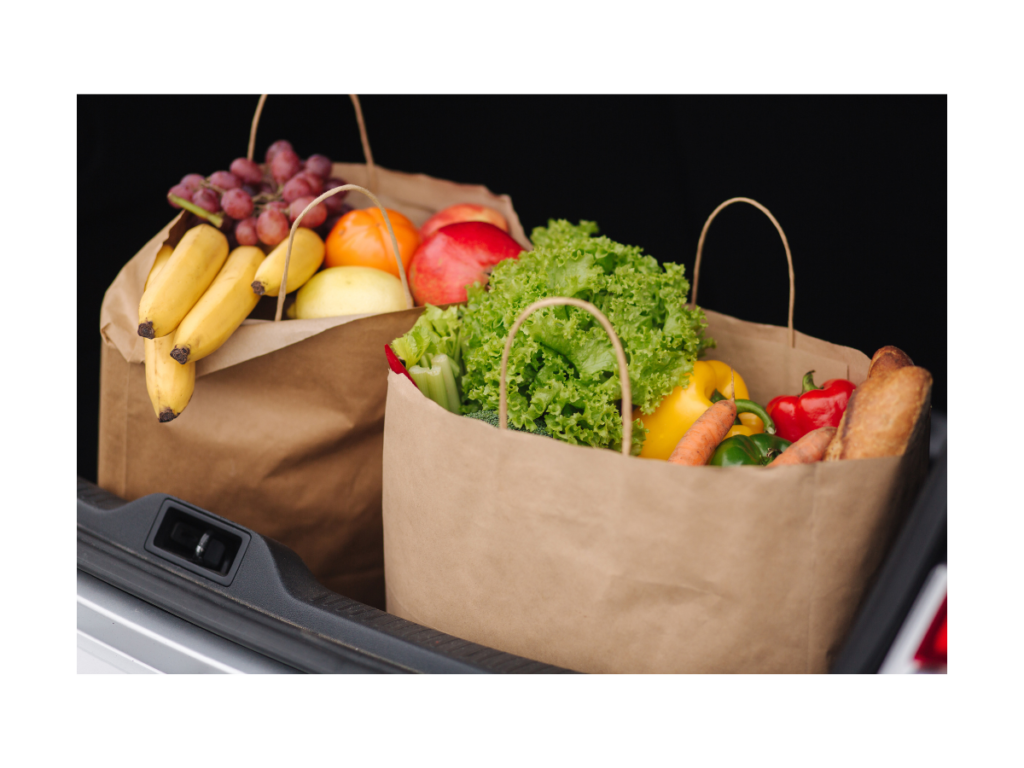
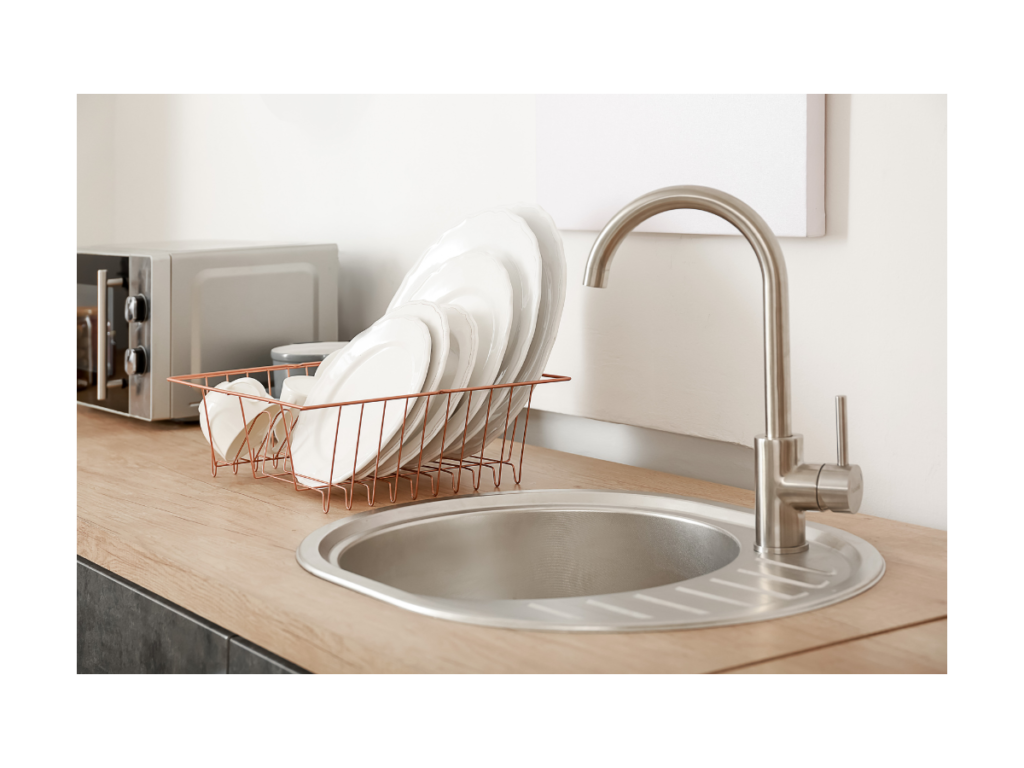
4. Clean Your Kitchen
Meal prep is harder if your sink is full of dirty dishes and your counter tops are cluttered. Make a point to clean your sink and countertops before you plan to prep.
Meal Prep Strategies
Batch Cook / Make Double Portions
- Batch cooking refers to cooking food in bulk to eat throughout the week. Choose a day to cook (Sunday is popular) and prepare large quantities of proteins, grains, and/or vegetables. For example, head to Costco and buy a 3 pound pack of chicken breast, grill it all on Sunday and to use throughout the week- on salads for lunch, chopped in pasta for dinner one night, part of a rice stir fry another night and then in tacos for a third weeknight dinner. Batch cooking proteins makes healthy choices readily available and decreases cooking time on busy weeknights. If you can’t use all that you’ve prepared, freeze it for use another week!
- Double a recipe to allow for leftovers for lunch or dinner. For example, you could double the size of a crockpot meal on Sunday that can serve as Sunday’s dinner and also provide an option for leftovers during the week. This is especially helpful when something comes up and a weeknight dinner plan falls through. If you don’t need it during the week, freeze whatever is leftover for a quick meal another time. Having a Plan B ready to go just in case can be a lifesaver!
Portion It Out
Once everything is cooked, portion meals into your containers. Aim for balanced portions: about 1/4 protein, 1/4 fiber-rich starch, and 1/2 non-starchy vegetables with a small amount of healthy fat included. Many find it helpful to portion out food for both breakfast and lunch. However, there’s no right or wrong way. You could choose to portion out your dinner too, or you could choose to only prep for one meal.
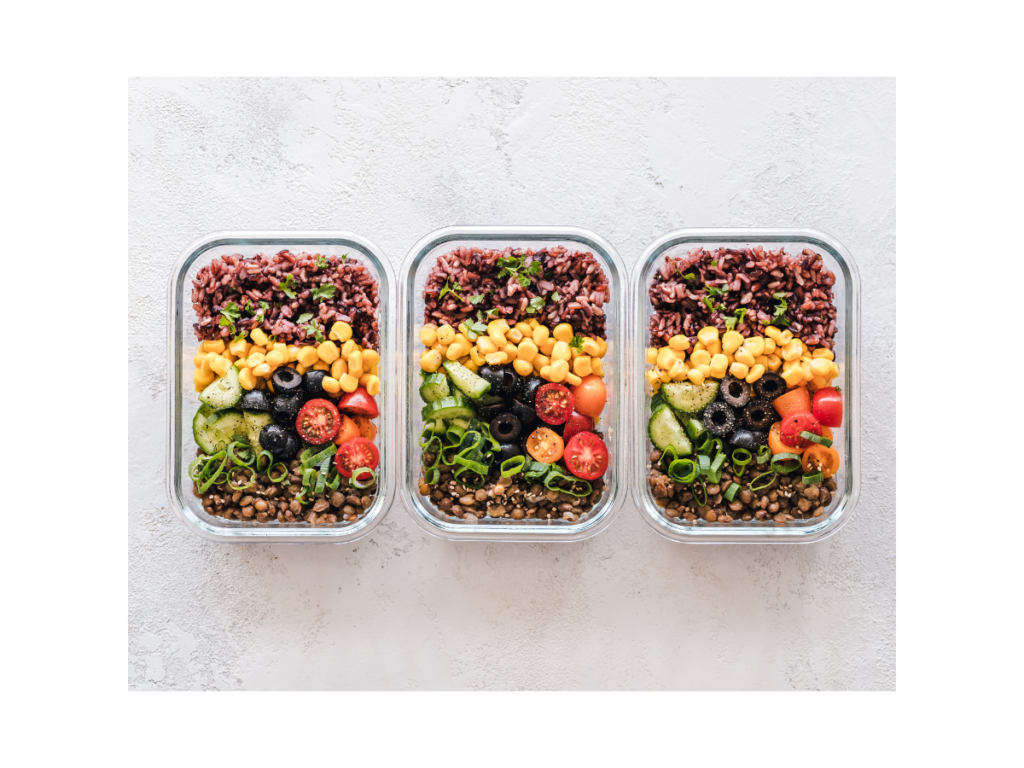
Get Creative with Flavor
Don’t forget to season your meals! Use herbs, spices, and marinades to keep things exciting. You can also prepare different sauces to mix things up throughout the week. Grain bowls are a popular and easy item for meal prep lunches, and creating flavorful seasoning mixes and sauces to top off your grain bowl can really make it top notch delicious and nutritious.

Meal Prepping Produce
Although I recommend grocery shopping and meal prepping on different days when possible, produce is an exception. Instead, begin meal prepping produce by washing fruits and vegetables as soon as you get home from the store. The easiest way to do this is to fill either a large bowl or your clean sink with water and a few tablespoons of vinegar, and place your produce in the water to soak for 5 minutes. **Don’t do this with raspberries or blackberries as they should be rinsed just before eating or they will become soggy.** After soaking for 5 minutes, rinse them in a colander and place them on a kitchen towel on your countertop for a few hours to dry. Make sure they are completely dry before putting them in airtight containers in the fridge so that they stay fresh all week long. You can choose to chop the fruits and vegetables before storing them or save the chopping process for your meal prep day.
Accomplishing this step right after grocery shopping makes meal prep day that much easier. You can even begin soaking your produce before you unload or put away all your groceries, and then when you’re done getting your groceries put away, your produce will be ready to rinse. Multi-tasking in that way is a huge time-saver, and seems so simple yet goes a long way for healthy eating throughout the week.
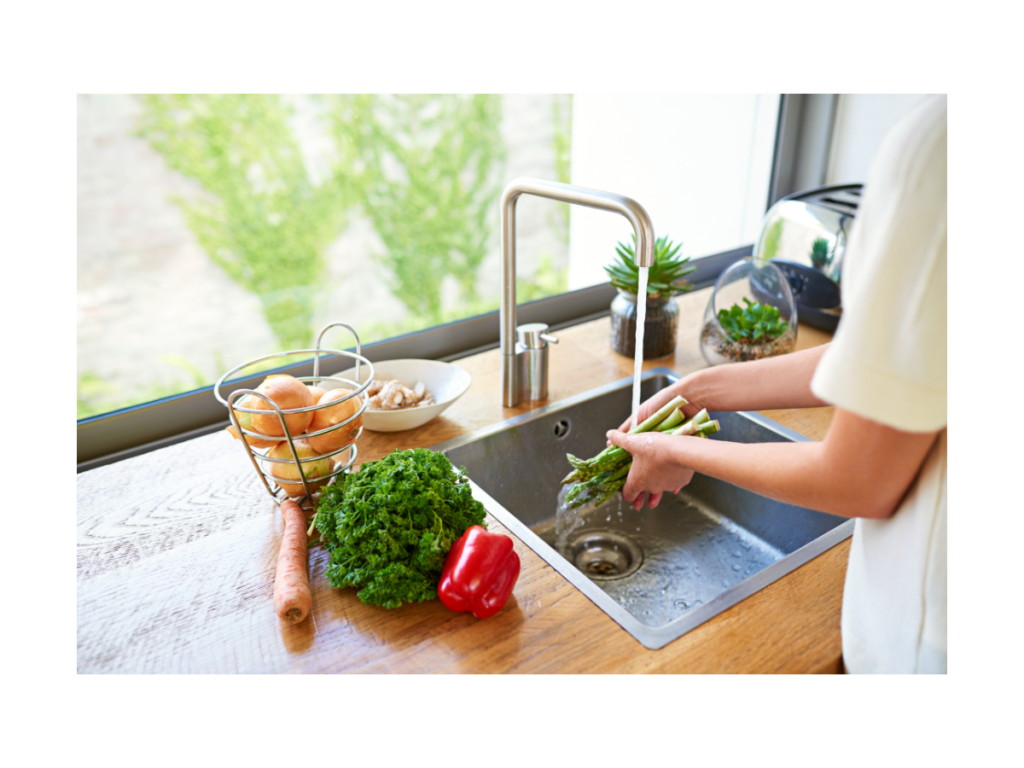
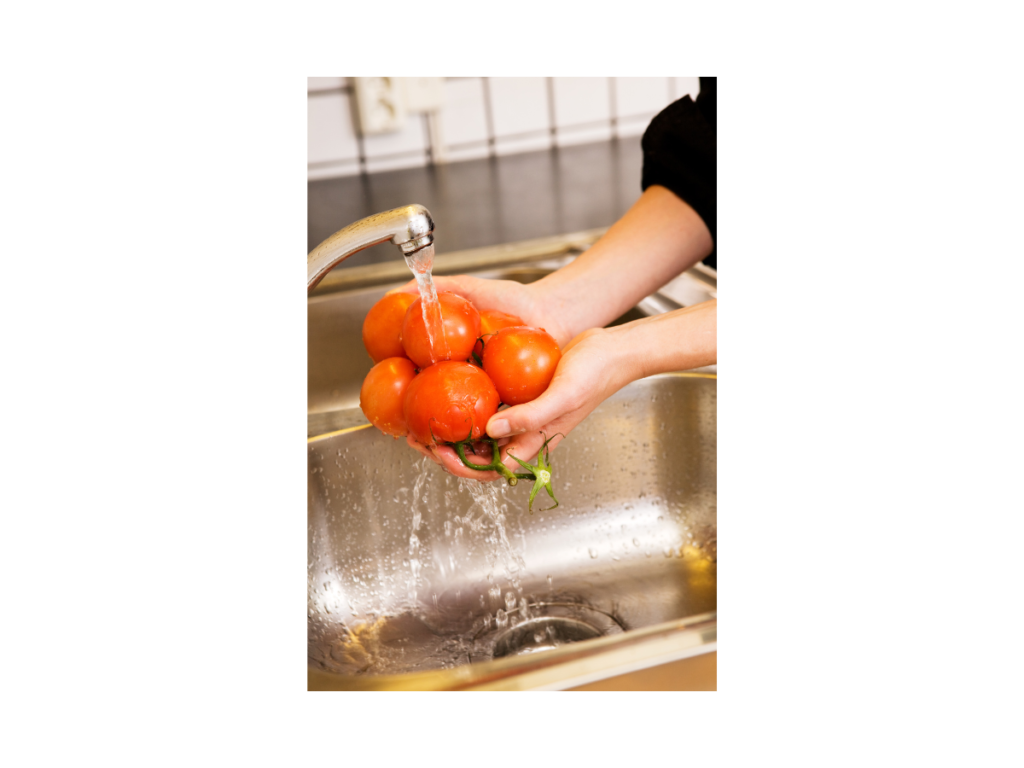
On meal prep day, chop fruits and veggies and divide them into single portion servings in small containers. Consider batch cooking roasted vegetables that can be used in multiple dishes or have the vegetables seasoned and ready to be cooked later in the week.
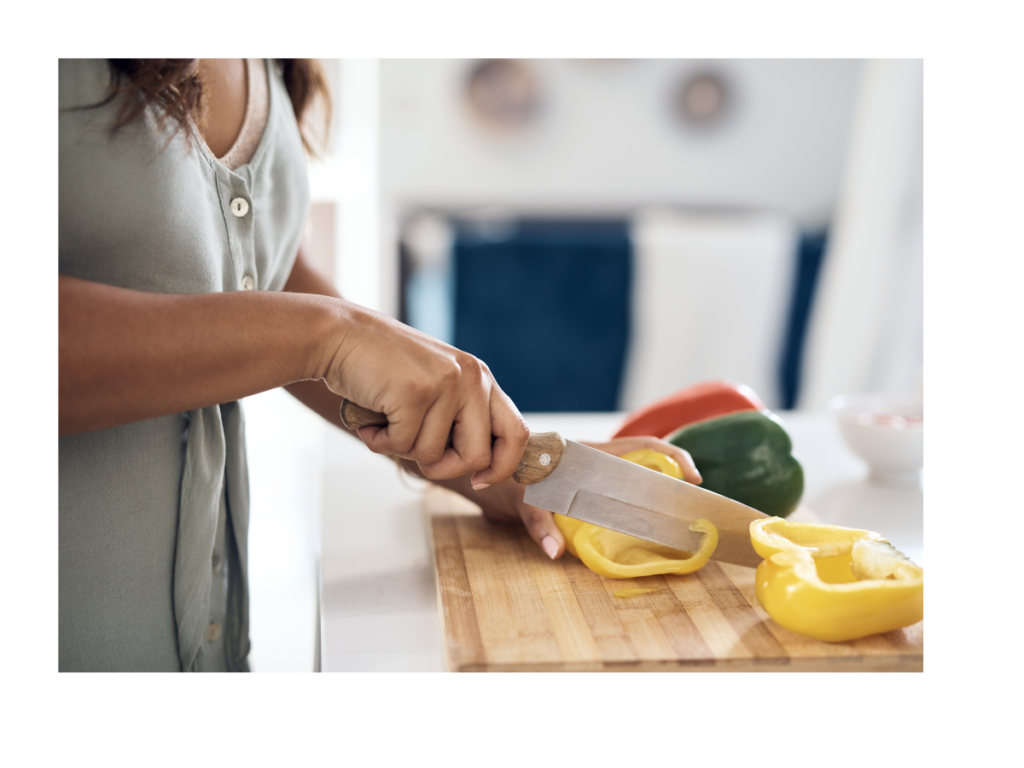
Meal Prepping Proteins
Proteins, like poultry or beef, can be batch cooked for use in multiple meals or to store in the freezer. Though this method might be more time-consuming on meal prep day, ultimately, it saves time because you don’t have to cook meat again during the week.
But if batch cooking isn’t for you, meal prepping proteins could include defrosting meat or marinating meat so that it’s ready to be cooked later in the week or trimming excess fat off chicken breast so it’s ready to be used. Throwing chicken in the crockpot to shred for use in a variety of meals is another way to meal prep protein for the week.
There’s no right or wrong way and nothing is too small to be worthwhile. Look at your week ahead and decide which strategy fits your schedule and preferences.
Meal Prepping Grains
Consider batch-cooking staples like quinoa or brown rice that can be used in multiple dishes. These grains store for a week in an airtight container in the fridge or for up to 3 months in the freezer.
Portion out the prepared grains into single serving meal prep containers to take for lunch, and save the rest to serve as a fiber-rich starch for dinner.
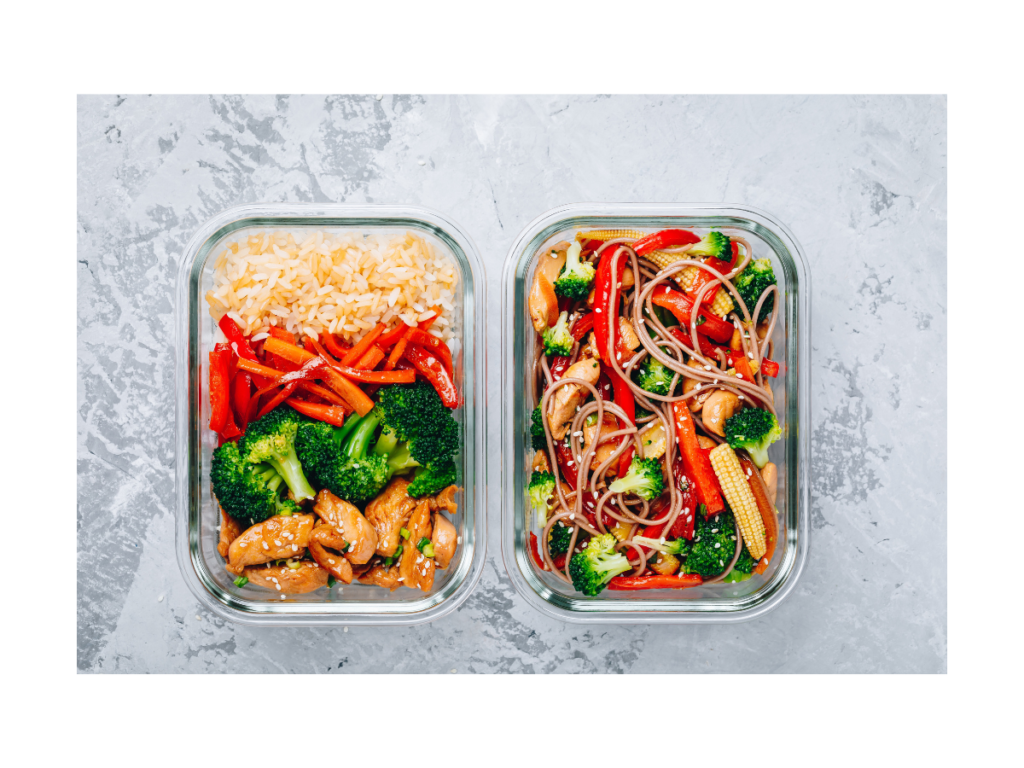
Tips for Success
1. Keep It Simple
Choose recipes with fewer ingredients and that aren’t overly time-consuming.
If you can do just one thing for meal prep, chop your veggies or buy them pre-chopped, and have them portioned into individual containers. This makes it more likely you’ll actually eat your vegetables.
If meal prep feels overwhelming, pick just one meal to prep or do just one small task (like chopping veggies as mentioned above).
2. Embrace Freezing
Not all meals need to be eaten right away. Soups, stews, and casseroles freeze well and can be a lifesaver for busy nights.
3. Stay Organized
Label your containers with dates and contents to keep track of what needs to be eaten first. Use a piece of masking tape and sharpie to label and date all the containers you put in the freezer.
4. Identify Pockets of Time
You don’t need to devote consecutive hours to meal prep to be a successful. Remind yourself that some time spent meal prepping is better than none at all. Look for the small pockets of time that you have even on the busiest of weekends. Maybe it’s 15 minutes Sunday morning while you’re waiting for your family to be ready for church or the 10 minutes you have before you need to leave for a soccer game. . . could you chop some veggies in that time? Or maybe mix up a marinade? Measure out ingredients for a meal? Fill a pot with water for pasta so you can start boiling it as soon as you get home? The little things add up.
5. Focus on Individual Ingredient Prep
It might feel overwhelming to prepare entire meals on your meal prep day, so instead, focus on preparing ingredients so that meals come together quickly during the week. This could mean cooking quinoa for a casserole, browning meat for a soup, making a marinade or seasoning mix, or chopping vegetables. All of these ingredients can be stored in the refrigerator until you are ready to use them.
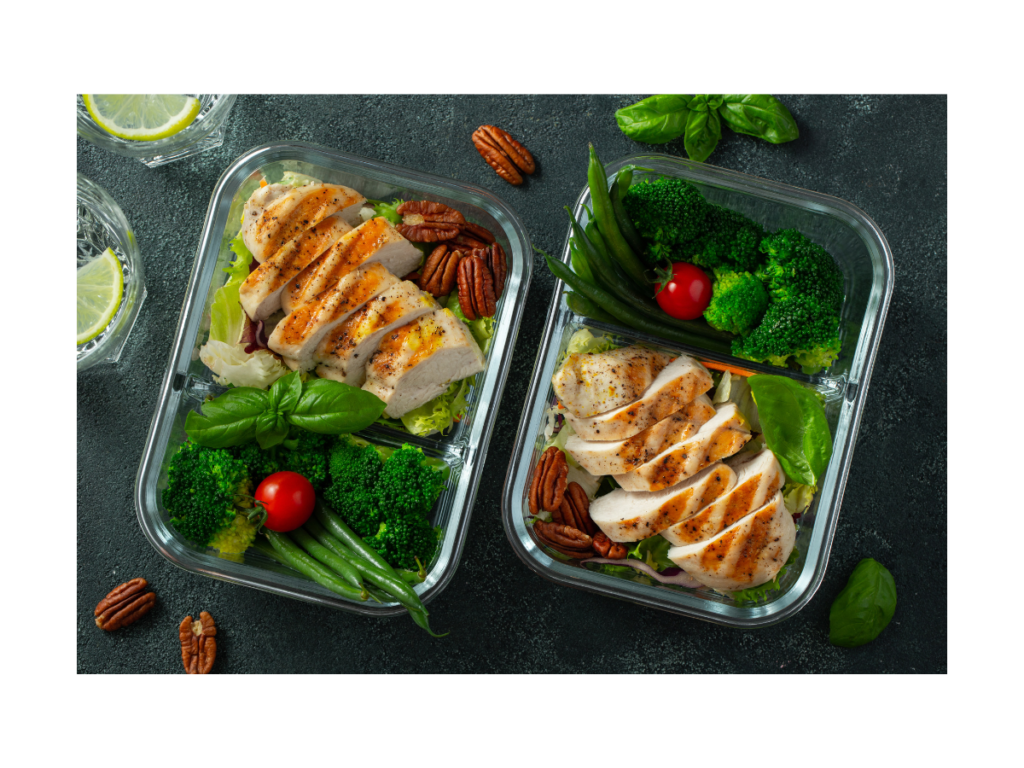
- Develop Your Habits
Consider what habits you need to develop for meal prepping to be successful. Here’s a few helpful habits:
- Weekly meal planning and grocery shopping
- Keeping the kitchen counters and sink tidy
- Soaking/washing produce as soon as you get home
- Using pockets of time to prep what you can and reframing to “Some is better than none”.
- Reframing negative thoughts about meal prepping to “I’m investing in self-care”.
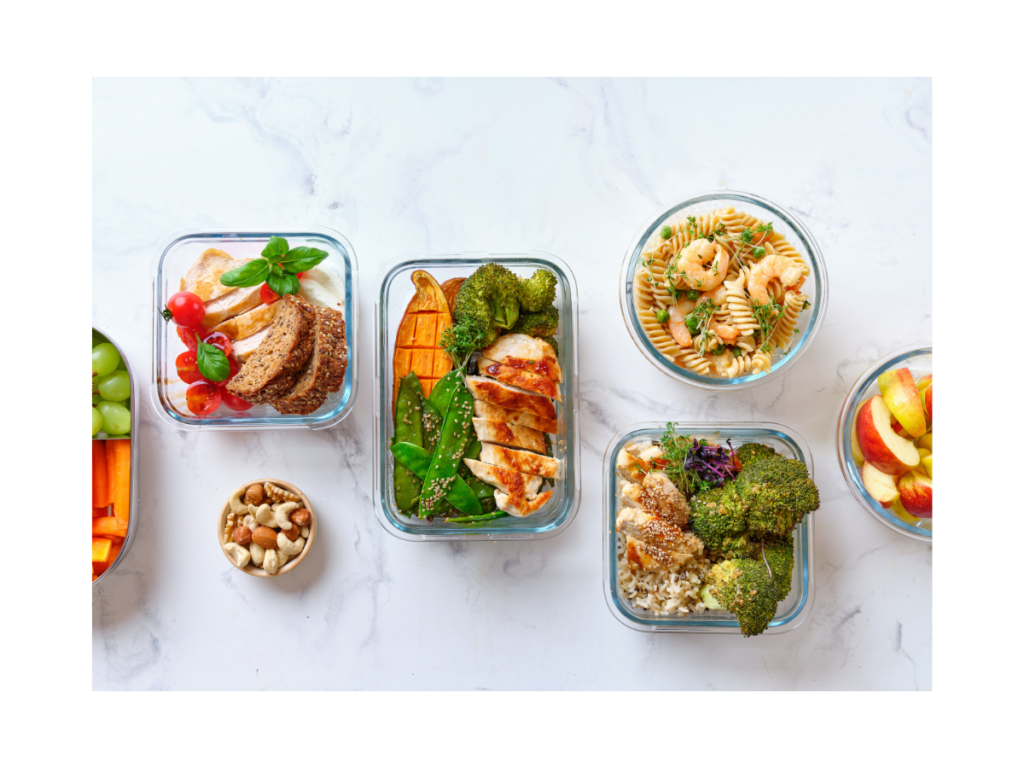
Meal prepping is an empowering way to take control of your nutrition. By dedicating just a few hours each week, you can ensure you have healthy, delicious meals ready to go, allowing you to focus on what really matters. So, roll up your sleeves, put on your favorite playlist, and start your meal prep journey today! Your future self will thank you.
If you need guidance to make meal prepping work for you, reach out to Pure Nutrition and Wellness by requesting a free inquiry call. It’s ok to ask for help and sometimes expert advice is exactly what you need to get the ball rolling.
